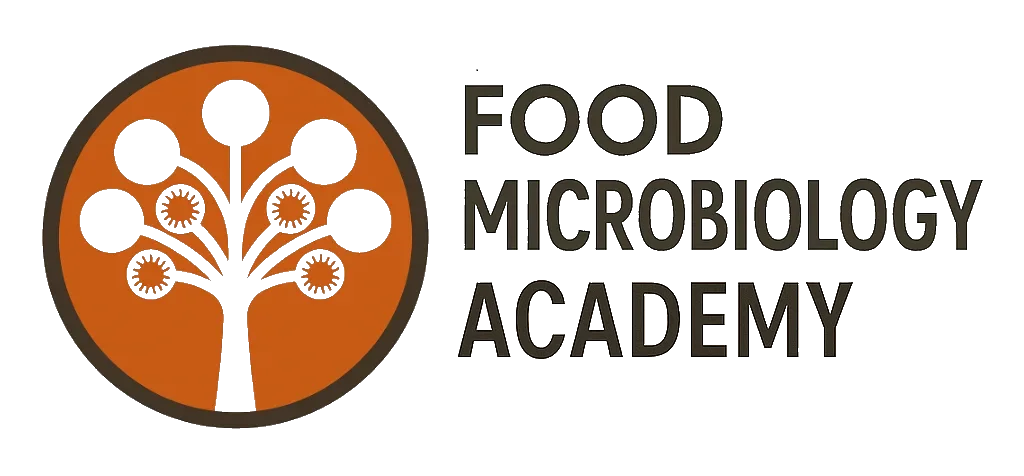Although I (I being Philip Button) started my university studies in 1993 at The University of Queensland, it wasn’t until second semester of 1995, during a second year genetics class at Deakin University, that I discovered the wonders of microbiology. I never knew much about microbiology, nor gave it much thought, but suddenly, the unseen world held a fascinating captivation for me. Then, upon changing to James Cook University in 1996, I knew I wanted to major in microbiology, and so, late in February 1996, I took my first microbiology class, MI2011 “Introductory Microbiology”.
Really, what I want to go over in this blog article are the changes to microbiology over the last quarter of a century of so. Traditional microbiology, the classical culture methods were still very much the gold standard. Yes, there were some molecular methods, but they certainly weren’t considered within the realm of routine, diagnostic microbiology. They were very much for specialised, typically research applications. So during 1996 and 1997, taking one subject after another of microbiology, my knowledge and understanding of bacterial identification was built on selective and differential media, colonial morphology and culture-based biochemical tests. What we did have those, were these mini rapid methods, the API test strips, wow! These were the highlights of undergraduate practical classes in microbiology and infectious diseases.
By the time of my PhD studies, some five to ten years later, culture media and classical microbiology was of course still important, especially with the advent of chromogenic media. However, there was a new kid on the block, molecular biology met microbiology and the true routine world of molecular microbiology was born. Sure, it was a research application, but heck, I was doing it, so it can’t be that specialised and niche! I’m talking about pulsed field gel electrophoresis (PFGE). While restriction endonucleases had been used in routine molecular biology applications for some time, their use in bacterial identification, then running the DNA fragments on a gel for over 20 hours to return a unit strain-level pattern, wow alright, this was powerful! Then we had PulseNet and the routine use of PFGE in epidemiological studies of strains during foodborne disease outbreaks in the US. For the first time, we could easily pinpoint and track isolates at the strain level from their source, through the agrifood supply chain, to the point of infection. What an amazing epidemiological tool.
After my PhD, despite my love for microbiology, and bacteria in general, I moved in a different direction, away from microbiology, to biochemistry, then physical chemistry and materials science during my postdoctoral work and then into an even more unrelated area of information systems in the food and grocery retailing. This meant I didn’t keep too up-to-date with the progress and advancements in microbiology. Therefore, it was certainly a surprise to me when I found out that my old friend PFGE, the technique, the technology, that got me a book chapter published around ten years ago now, was obsolete. Wow, how did we move on so quickly? Then, as a replacement we have MALDT-TOF MS in diagnostic laboratories. This was extremely privileged technology during my PhD, so privileged that there was no MALDI-TOF MS instrument at The University of Melbourne and I had to use a fee-for-service instrument at Monash University, at a cost of $100 a sample back around 2006/2007. Moving on from that, we have NGS with WGS become routine today. The speed of development of technological innovations in microbiology is truly amazing. Honestly, I don’t feel like I’ve been a microbiologist for that long, and yet, I’ve seen all the above take place – from the days I used to streak blood agar plates and look for haemolytic reactions and other colony characteristics, to today, the age of routine genomics, proteomics and indeed, other -omics technologies that are rising in prominence.
However, despite the ‘sexy’ new genomic and molecular techniques taking the entire scientific world by storm, microbiology included, there’s still something warm, fuzzy and delightful about streaking a plate, incubating it and coming back the next and being wowed (or not!), by the lovely and amazing colours, colony morphologies and aromas! Call me a microbiology nerd if you like, but whatever it is, the ‘romantic’ notion of a traditional, culture-based microbiology diagnostic method still holds a lot of appeal. It probably does for a lot of people as well, if Instagram is anything to go by. It even holds appeal for people that have grown up in the era of routine molecular biology. Take a look at our recent Instagram posts for example (@foodmicrobiologyacademy) where these culture media plates from books or the scientific/medical literature are well-liked by people in their early 20s. That is so great to see, that the traditional and classical methods of microbiology are liked by today’s youthful microbiologists.
So, if you like these beautiful colours of our microbiological world, check us out on Instagram! Again, that’s @foodmicrobiologyacademy



